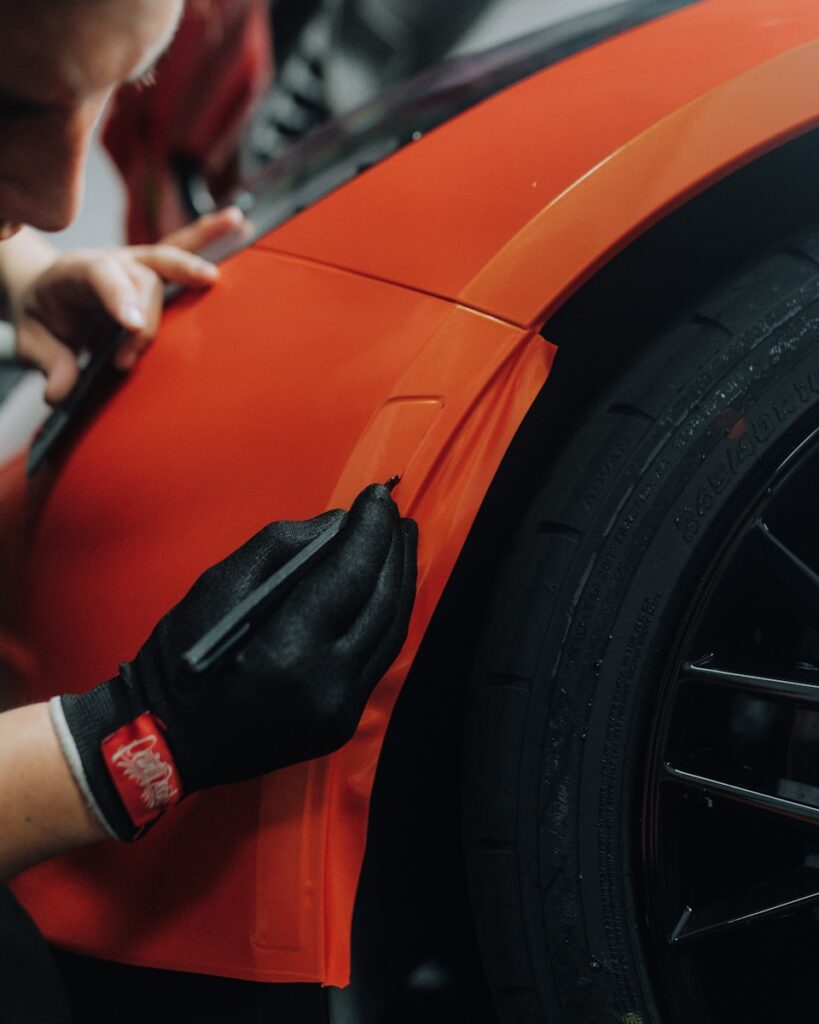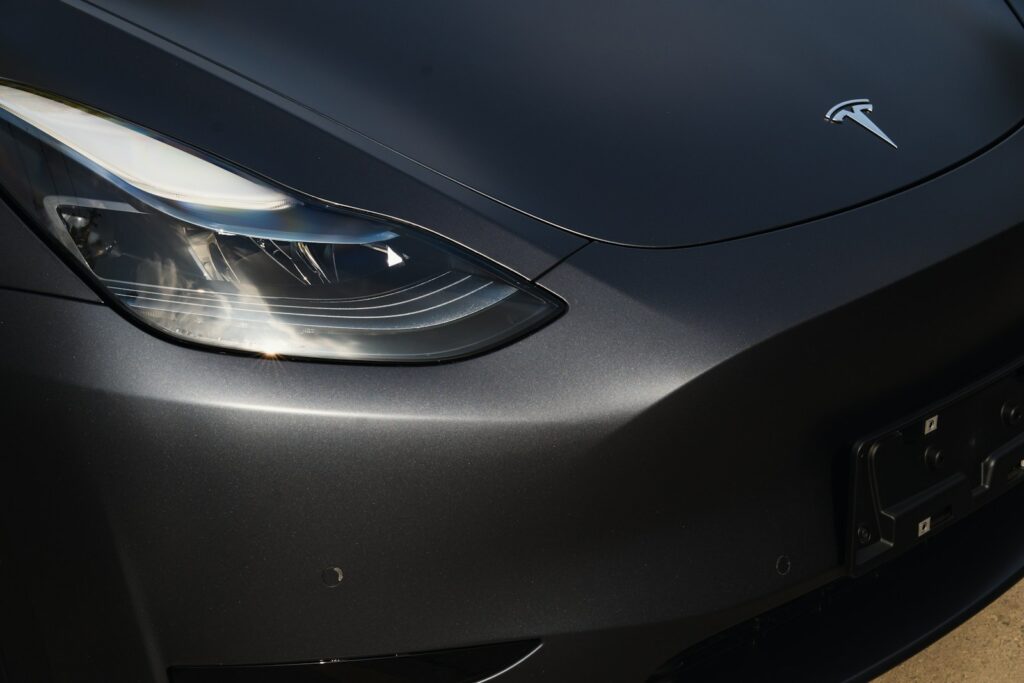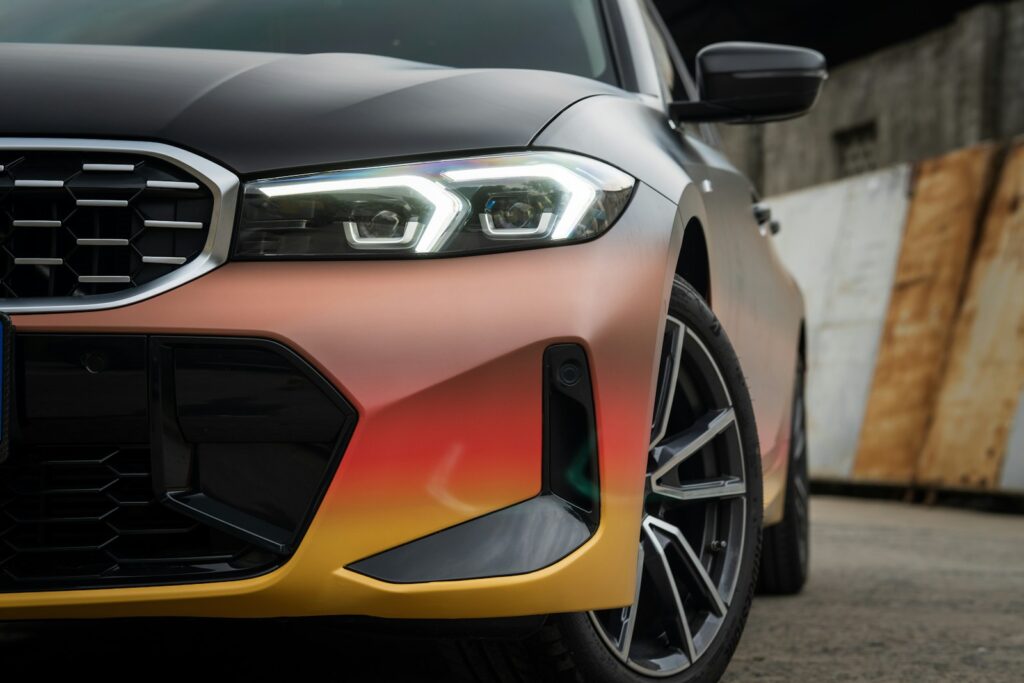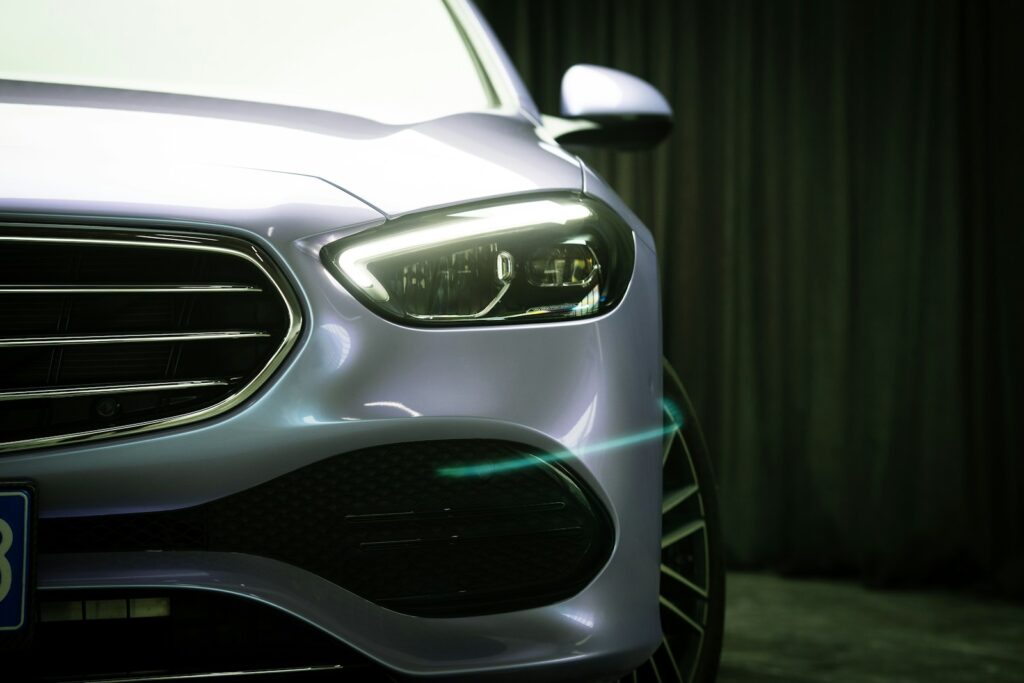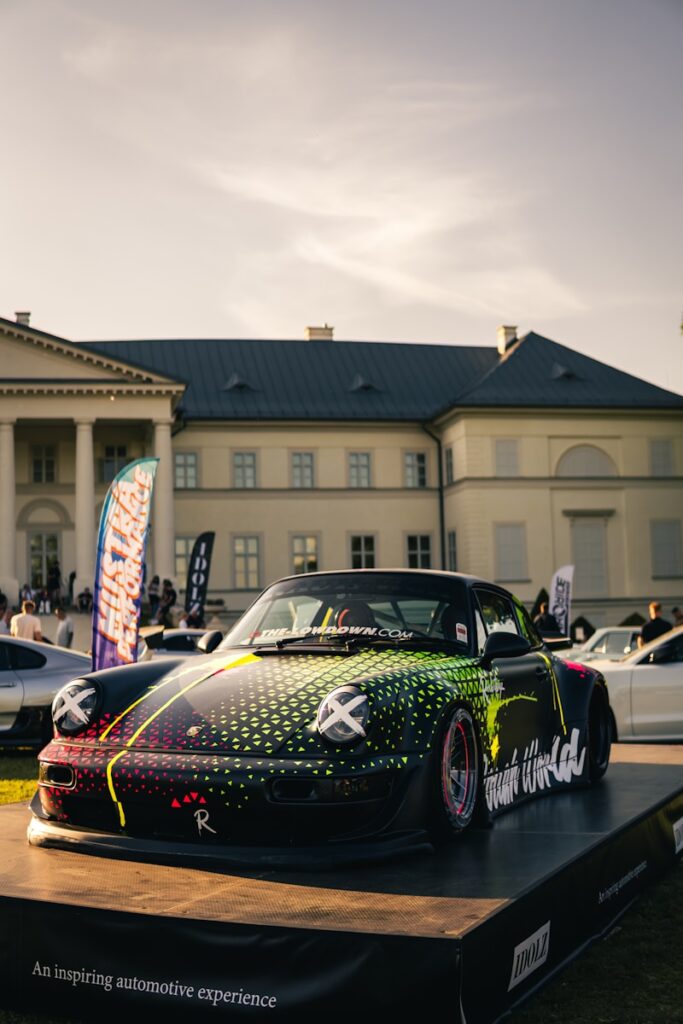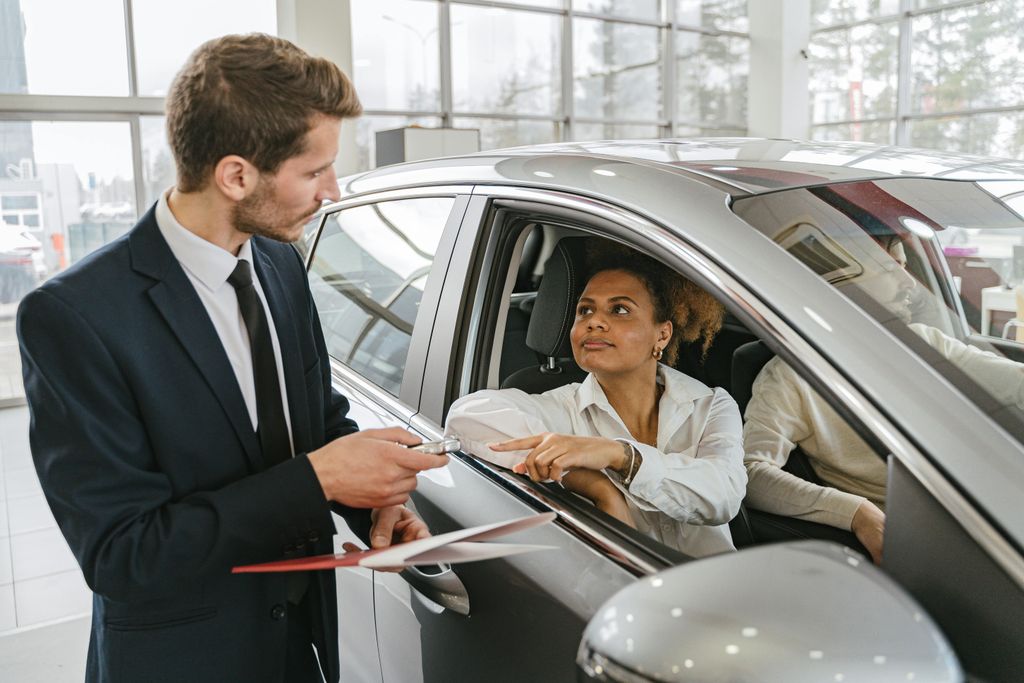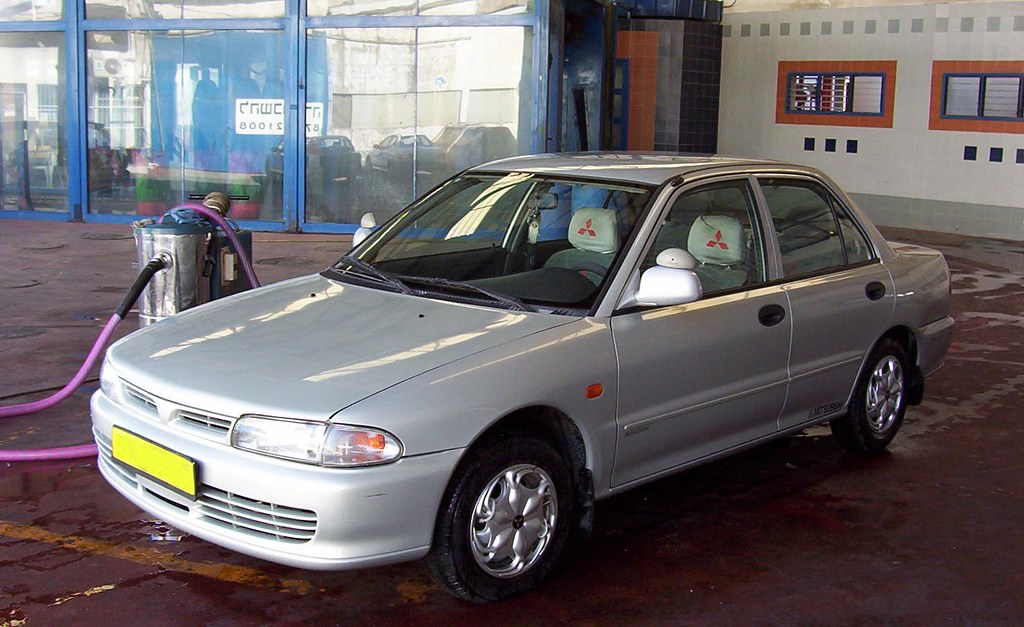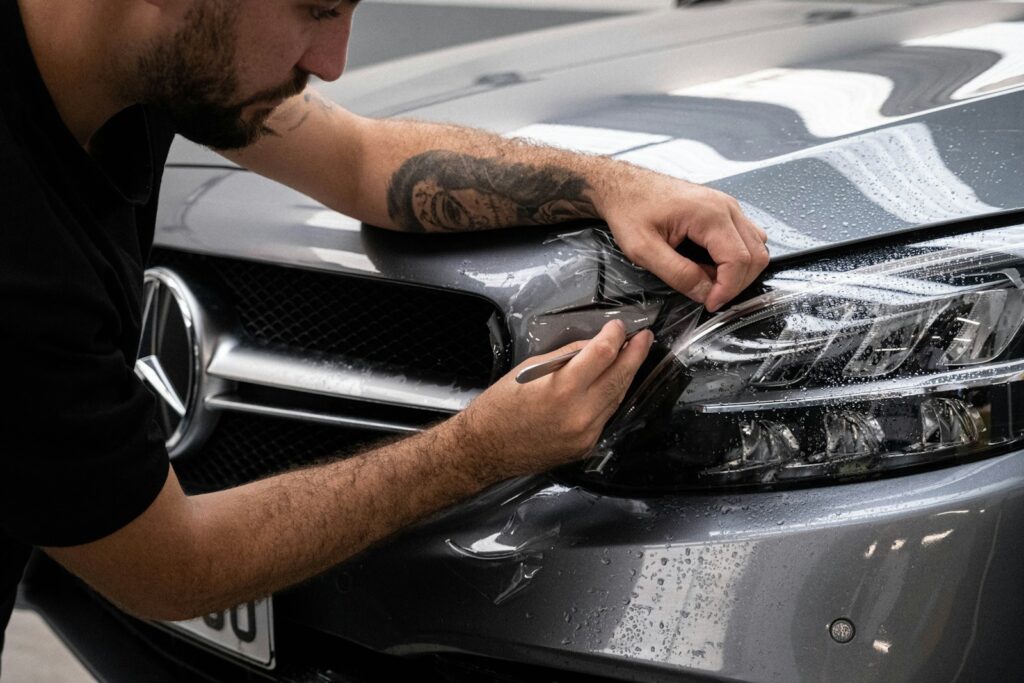
Custom car wraps are truly a game-changer for anyone looking to personalize their vehicle, transforming it into a unique statement without the permanence and expense of a full paint job. Imagine cruising down the highway, your vehicle not just a mode of transport but a moving canvas, a vibrant expression of your brand or personality. This exciting trend allows car enthusiasts to unleash their creativity on wheels, turning ordinary vehicles into moving works of art that capture eyes and turn heads everywhere they go.
The allure of custom vehicle wraps is undeniable, offering an unparalleled blend of artistry and practicality. Whether you’re aiming for a sleek matte black finish, a vibrant color shift, or a full-print graphic design that advertises a business or promotes a personal brand, the possibilities are genuinely endless. This guide is your comprehensive roadmap, designed to empower you with the knowledge and steps needed to meticulously design your own custom car wrap, ensuring a flawless, head-turning result that perfectly reflects your vision.
We’ll walk you through the essential stages, from the initial spark of an idea to the intricate details of digital design. Get ready to dive deep into the mechanics and artistry behind creating a vehicle that truly stands out, making a memorable impression on every road you travel. It’s time to embrace the art of custom vehicle wraps and let your creativity hit the road!
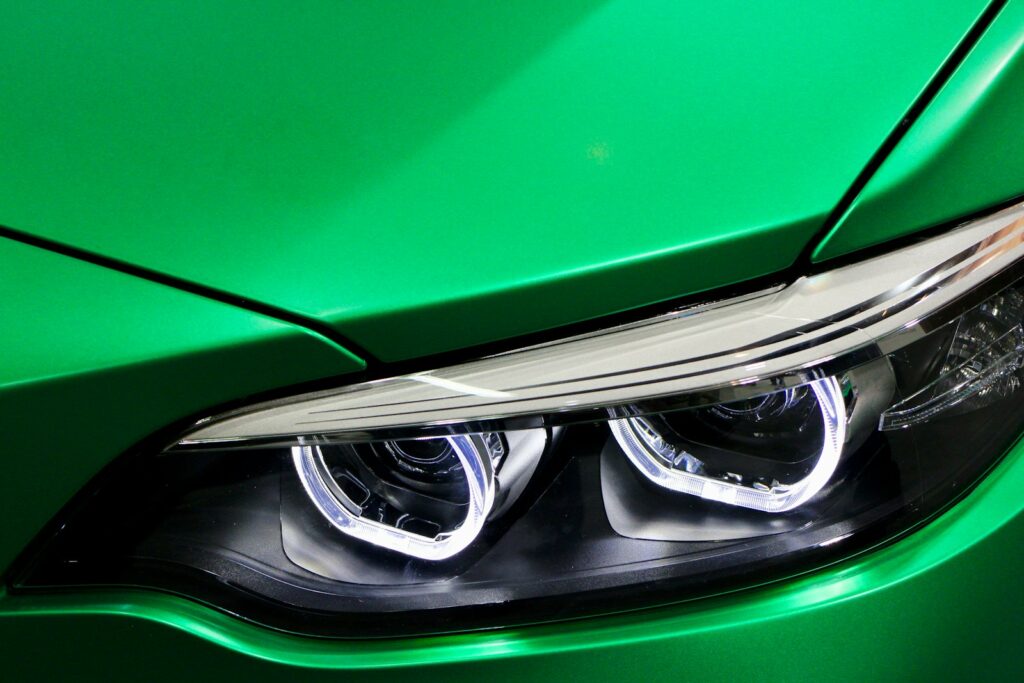
1. **Understanding the Basics of Car Wraps**Before diving into design, it’s important to understand what a car wrap truly is. A car wrap is a large vinyl graphic or decal expertly applied to a vehicle’s surface. It can provide full or partial coverage and comes in various finishes, transforming a car’s appearance without permanent alterations.
Car wraps offer significant advantages over traditional paint. They are often far cheaper than a high-quality paint job and are completely reversible, easily removable without damaging the factory paint. This allows for endless customization with unique designs, textures, and finishes, making them a versatile choice for personalization.
Beyond aesthetics, wraps also provide practical benefits. They act as a protective layer, shielding against scratches, chips, and sun damage, thus preserving the original paintwork. This adds an invaluable layer of security, especially for those looking to maintain their vehicle’s resale value or keep it in pristine condition for years to come.
Composed of vinyl film, specialized adhesive, and a protective laminate, wraps are a durable and stylish option for anyone looking to make a statement or refresh their vehicle’s look. The versatility and impact of custom vehicle wraps make them a popular choice for anyone seeking a memorable impression, blending performance with artistry.
Read more about: Forget the Hype! Trader Joe’s Employees Share Their Top 14 Must-Buy Products You Need in Your Cart ASAP
2. **Conceptualizing Your Design**The first critical step in creating a custom car wrap is conceptualizing your design. This involves thinking deeply about the message you want to convey or the specific style you aim to achieve. A clear idea will serve as your guide for selecting colors, graphics, and text, ensuring a cohesive and impactful final product.
Consider the purpose of your wrap: is it for advertising a business, promoting a personal brand, or simply expressing your unique personality? This will inform your choices regarding visual elements like corporate logos, intricate patterns, or vibrant character art. Sketch out your ideas on paper, or use digital tools to visualize how different components might combine effectively.
Inspiration can come from anywhere. Explore online platforms like Instagram, Pinterest, and design galleries for trends and creative ideas. Dive into anime forums or design marketplaces like Etsy to see thousands of creative examples, or browse successful vehicle wrap case studies. Remember that the vehicle’s shape and contours are crucial; ensure your design complements its structure for maximum visual impact, creating a flowing and integrated look.
This foundational conceptualization ensures your design turns out exactly as you envisioned. It’s about letting your imagination run wild while keeping your objectives in mind, translating your vision into a tangible idea that will eventually transform your vehicle into a striking moving artwork. A strong concept is the blueprint for a truly remarkable custom car wrap.
Read more about: The Enduring Quest: A Deep Dive into the Foundations and Evolution of Psychology as a Science
3. **Choosing Your Wrap Style**Once your concept is solid, selecting the right wrap style is the next crucial decision, influencing your vehicle’s overall aesthetic and impact. Your choice dictates whether your car will sport a sleek, subtle look or a vibrant, eye-catching masterpiece.
A key consideration is the wrap’s finish: gloss provides a high-shine, paint-like appearance, while matte offers a sophisticated, non-reflective elegance. Satin finishes provide a middle ground with a soft sheen. Additionally, you can opt for printed graphics that incorporate custom artwork, logos, or patterns like camouflage, carbon fiber, or gradients, adding a unique level of personalization.
You must also decide between a full body wrap, which covers every panel for a complete transformation, or partial decals and side graphics, which offer a more subtle and affordable touch of flair. The versatility of wrap styles allows you to perfectly tailor the design scope to your vision and budget, offering endless customization options to make your vehicle truly unique.
Read more about: Drove it Regretted it: 12 Compact Models That Made Owners Question Their Judgment on the First Commute.
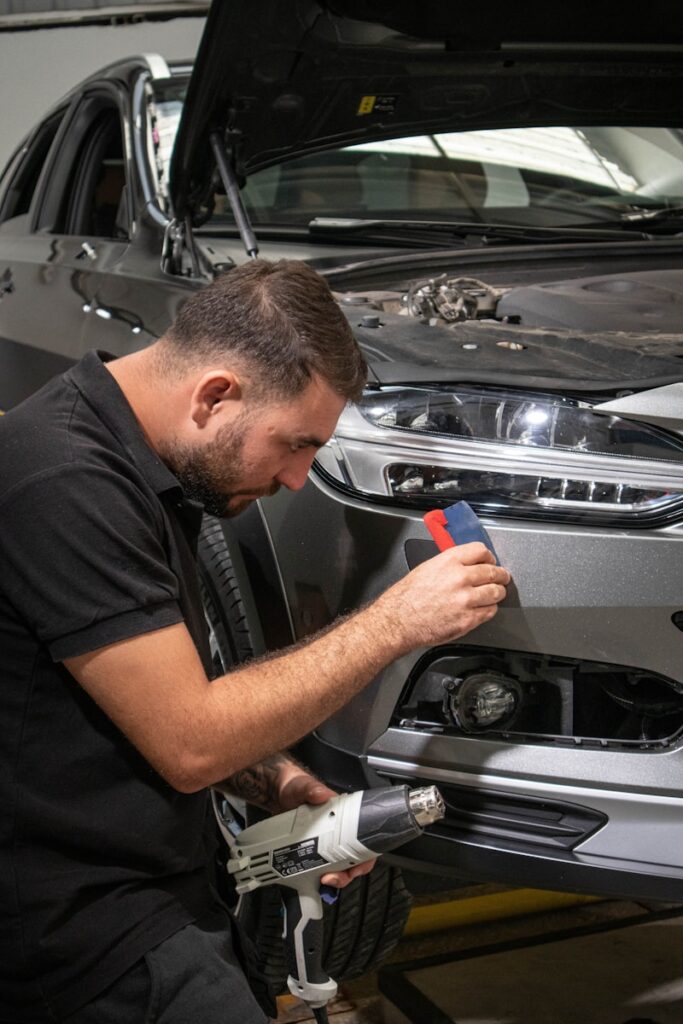
4. **Choosing the Right Materials**The durability and aesthetic appeal of your custom car wrap largely depend on selecting high-quality vinyl material. This is a critical step, as the right material ensures your wrap withstands environmental elements and adheres perfectly to your vehicle’s unique contours. The choice directly impacts the final quality and longevity of your wrap.
Vinyl is the core material, with cast and calendered being the main types. Cast vinyl is preferred for its superior durability and flexibility, conforming exceptionally well to complex curves and offering a longer lifespan with less shrinkage. This makes it the premium choice for intricate designs and lasting quality, ensuring a seamless, high-end finish.
Calendered vinyl is more affordable and suitable for simpler designs or flatter surfaces, though it’s thicker and might not conform as effectively to extreme curves and could be more prone to shrinking over time. While a viable option for many applications, it’s important to understand its limitations for complex or long-term wraps.
Regardless of type, ensure you choose reputable manufacturers and look for UV-resistant inks for printed graphics to prevent fading and maintain vibrant colors over time. High-quality, color-fast vinyl ensures your custom design stays vibrant for years and performs as expected under various weather conditions, protecting your investment.
Read more about: Drove it Regretted it: 12 Compact Models That Made Owners Question Their Judgment on the First Commute.
5. **Obtaining an Accurate Vehicle Template**Designing a car wrap without a precise vehicle template is a recipe for inaccuracy, leading to a wrap that doesn’t fit properly. An accurate template is essential for creating a design that is perfectly to scale and print-ready, ensuring a flawless application.
You can obtain templates from specialized car blueprint websites, professional template sellers like Pro Vehicle Outlines, or sometimes directly from manufacturers. These resources offer highly accurate templates for a wide range of vehicle models, which are invaluable for precise design work, ensuring your layout aligns perfectly with the car’s physical dimensions.
If a specific template isn’t available, you can create your own by taking multiple flat, undistorted photos of the vehicle from various angles. These photos can then be traced in vector graphics software like Adobe Illustrator using a digital pen tool. Always cross-reference any template with actual vehicle photos to ensure accuracy before commencing your design, as online templates may have slight irregularities.
Read more about: Your Empowerment Guide: Navigating Simple Estate Planning Without a Lawyer to Secure Your Future
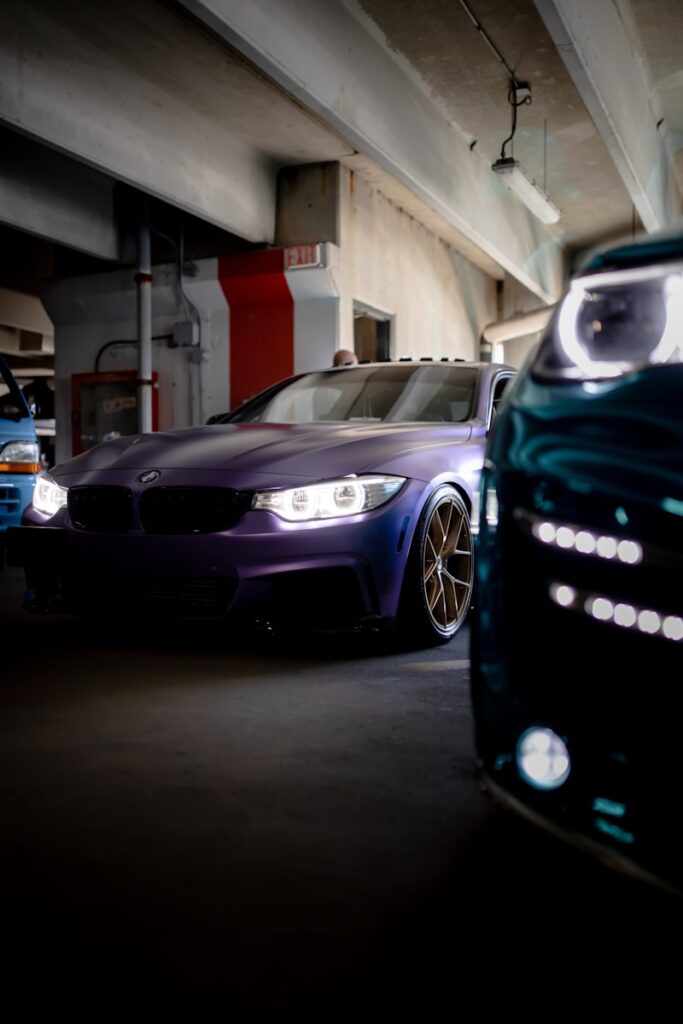
6. **Choosing the Right Design Software**Selecting the appropriate design software is crucial for transforming your conceptual ideas into a precise, scalable, and print-ready custom car wrap. These specialized programs provide the tools needed to visualize and refine your artwork to fit your vehicle’s exact dimensions, making complex topics accessible and ensuring professional results.
Adobe Photoshop is the industry standard for designs incorporating raster graphics, such as photos and detailed textures, available on both Windows and Mac. It excels at intricate image editing, essential for designs featuring realistic imagery or complex shading, allowing for robust visual effects.
For vector-heavy designs with sharp lines, scalable logos, and graphic patterns, Adobe Illustrator or CorelDRAW are excellent choices. CorelDRAW is noted for its user-friendly interface and comprehensive vector tools, even offering a built-in library of vehicle templates that make design placement incredibly intuitive for both seasoned designers and newbies.
Additionally, FlexiSIGN is a specialized program specifically developed for sign-making and car wrap production, favored by professionals for its direct integration with vinyl cutters and plotters, streamlining the workflow from design to physical output. When choosing software, consider its ability to handle large files, strong color management, and support for common file formats like PDF, EPS, and SVG, ensuring smooth workflow from design to print and collaboration.
Read more about: Diesel Durability Unveiled: 10 Engines That Redefine Longevity — And Those That Don’t
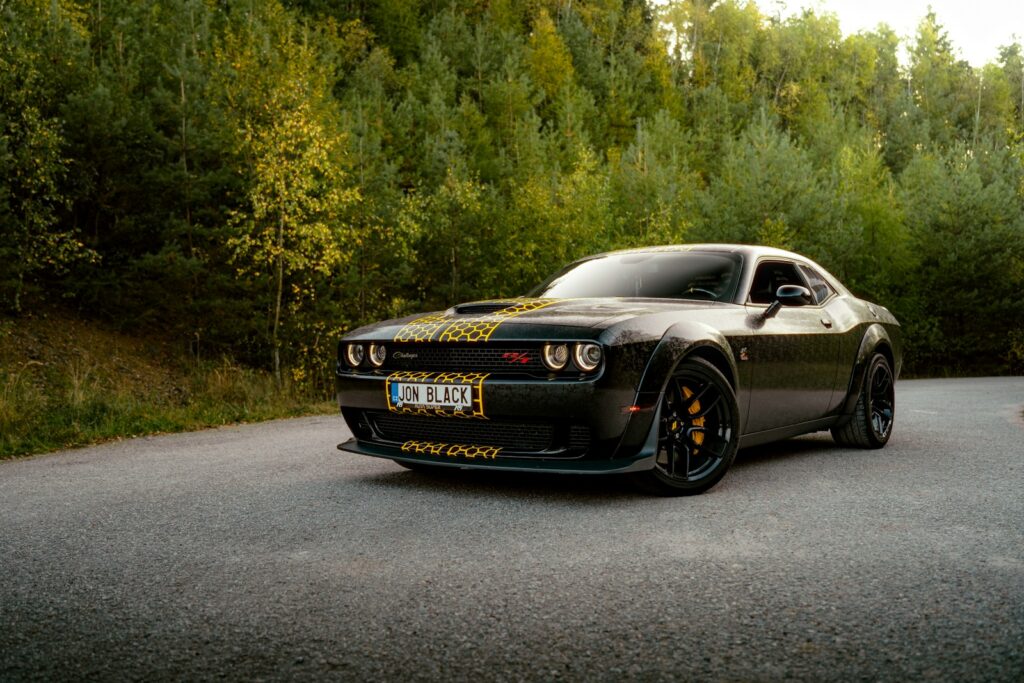
7. **Mastering Your Design Software**Acquiring the right software is just the beginning; truly mastering its intricacies is what truly unlocks your creative potential for car wrap design. Programs like Adobe Illustrator, CorelDRAW, FlexiSIGN Pro, and Photoshop are powerful, demanding practice and dedication to wield effectively, but they empower you to accomplish intricate tasks with precision.
Abundant resources are available to aid your learning, from comprehensive tutorials on official websites to numerous guides on platforms like YouTube, Dummies.com, and other educational sites. These resources cover everything from basic functionalities to advanced techniques, significantly accelerating your proficiency and making complex software accessible.
Key skills you’ll need to develop within your chosen software include creating, manipulating, and locking layers for complex designs, along with importing and adjusting high-resolution images. Proficiency in installing and utilizing various brushes can add unique textures, while mastering text manipulation is crucial for legible and impactful typography in branding or messaging. Importantly, knowing how to import your accurate vehicle template file into your program is fundamental for using it as the foundational canvas for your design.
For designers tackling more elaborate and intricate wrap designs, venturing into 3D modeling software like Autodesk Maya or Blender can be highly beneficial. These programs allow for advanced visualization and the creation of complex elements that wrap seamlessly around a vehicle’s three-dimensional form. Tools like 3D Changer, a car configurator, can further assist in visualizing customized cars in a realistic 3D environment, helping to identify any potential issues before the design goes to print and ensuring your custom car wrap is nothing short of a masterpiece.
Read more about: Behind the Impasse: 12 Core Budget and Contract Challenges That Strain Film Production Partnerships
8. **Preparing Your Vehicle for Wrapping**Transitioning from the digital canvas to the physical vehicle requires a meticulous approach, and the foundation of a stunning custom car wrap lies squarely in proper surface preparation. This isn’t merely a suggestion; it’s a crucial step that directly impacts the smoothness, longevity, and overall pristine appearance of your finished wrap. Skimping on this stage is a recipe for dissatisfaction, as even the most brilliantly designed graphic can be undermined by a poorly prepped surface, making the vehicle ready for a flawless transformation.
To begin, a deep and thorough cleaning is absolutely essential. Start by washing your vehicle with a high-quality automotive soap to remove dirt, grime, and any loose contaminants. Following this, it’s vital to meticulously clean the surface with isopropyl alcohol. This critical step effectively strips away any remaining wax, grease, or silicones that could prevent the vinyl adhesive from bonding properly, ensuring the vehicle’s surface is impeccably clean and perfectly primed for the wrap application.
After the initial wash and alcohol treatment, a clay bar treatment is highly recommended. This process removes embedded contaminants such as brake dust, industrial fallout, and road tar that normal washing can’t eliminate, leaving a silky-smooth surface. For the most seamless results, especially with full wraps, consider the optional step of removing trim pieces and emblems. While this requires extra care, it allows the vinyl to wrap perfectly around edges and into crevices, providing a truly bespoke and integrated look that hides unsightly seams.
Finally, before any vinyl is applied, take the time to address any minor bodywork repairs. Small scratches, dents, or imperfections in the paint can become magnified once the wrap is applied, creating noticeable blemishes. Ensuring the vehicle’s body is as smooth and uniform as possible will allow the wrap to lay perfectly flat, adhering flawlessly and producing the professional, high-end finish you envision for your customized ride.
Read more about: NWS Extreme Cold Alert: A Comprehensive Consumer’s Guide to Winterizing Your Home and Car for Ultimate Safety and Preparedness
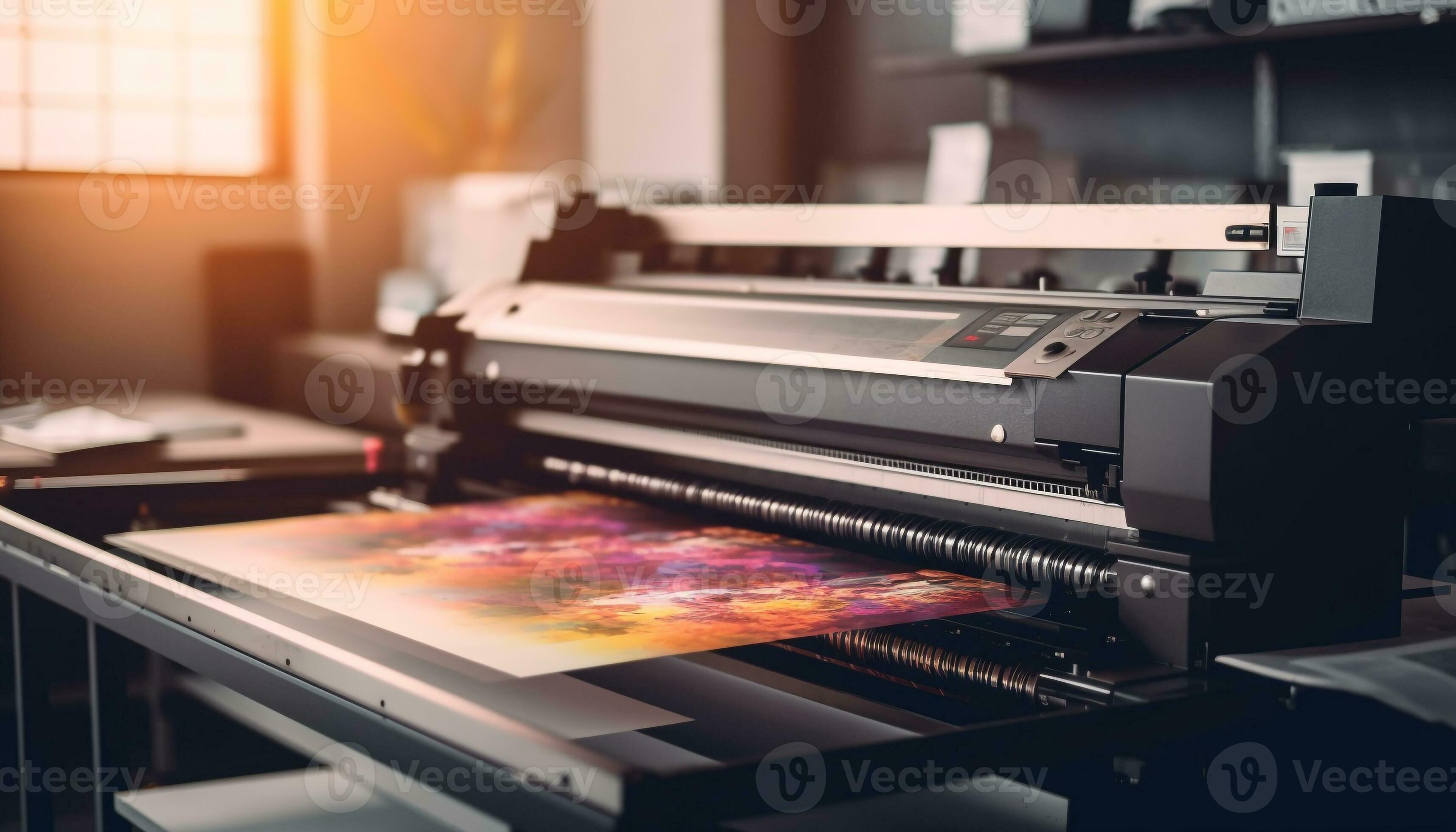
9. **Printing Your Finalized Design**With your vehicle meticulously prepared and your digital design perfected, the next exhilarating step in your custom car wrap journey is bringing that vision into the physical realm: printing. This stage marks the transition from pixels to tangible vinyl, a moment where your creative efforts begin to take a solid, ready-to-be-applied form. It is crucial to remember that the quality of the print directly influences the vibrancy, detail, and overall impact of your final wrap, making professional execution paramount.
Your finalized design will be printed onto large, specialized sheets of high-quality vinyl using advanced digital printers. These machines are engineered to deliver exceptional color accuracy and intricate detail, faithfully reproducing every nuance of your artwork. For the best possible outcome, it’s highly advisable to work with a professional printing service that specializes in vehicle wraps. Their expertise ensures that the print output matches your digital file precisely, avoiding common pitfalls like color shifts or pixelation.
A critical aspect of the printing process is the use of UV-resistant inks. Exposure to sunlight is an unavoidable reality for any vehicle, and standard inks can quickly fade, diminishing the vibrancy and appeal of your custom design over time. UV-resistant inks are formulated to withstand the sun’s harsh rays, protecting your artwork from premature fading and ensuring that your wrap remains brilliantly colored and visually striking for years to come, preserving your aesthetic investment.
Furthermore, professional printing services possess the technical understanding of specific file formats, color profiles, and bleed requirements necessary for large-format vinyl printing. They can manage the intricate details that ensure your design translates seamlessly from the screen to the physical wrap, accounting for the vehicle’s contours and preventing any crucial elements from being cut off. This expert handling guarantees a smooth workflow from your final design file to the perfectly printed vinyl sheets.
Read more about: Debunking the Car-Buying Myths: Your Guide to the 10 Best Times to Score a Deal
10. **The Art of Professional Application**Once your custom design is perfectly printed on high-quality vinyl, the most critical phase—the application—begins. This is where precision meets patience, and transforming a roll of vinyl into a seamless, eye-catching vehicle wrap truly becomes an art form. Applying a car wrap requires a unique blend of technical skill, a steady hand, and meticulous attention to detail; it’s a process far more intricate than simply sticking a large decal onto a surface.
For those without extensive experience in vehicle wrapping, hiring a professional installer is not just recommended, it’s often essential. Expert installers possess the specialized knowledge and years of practice to ensure a bubble-free, wrinkle-free, and perfectly aligned application. While pre-cut kits are available with detailed instructions for the dedicated DIY enthusiast, tackling complex curves, recesses, and intricate vehicle body lines can prove incredibly challenging, often leading to frustrating and less-than-perfect results.
Professional application involves carefully positioning the large vinyl sheets onto the vehicle’s surface. Installers use specialized tools such as squeegees to smoothly press out air bubbles and achieve perfect adhesion, and heat guns to gently stretch and conform the vinyl around complex contours like mirrors, bumpers, and door handles. This strategic use of heat allows the material to become pliable, ensuring a taut, paint-like finish that looks integrated with the vehicle’s original bodywork, making it challenging to discern from a high-quality paint job.
The importance of proper installation cannot be overstated. A flawless application is crucial not only for the aesthetic appeal but also for the longevity and durability of your custom wrap. Incorrect tension, trapped air, or improper adhesion can lead to common issues such as lifting edges, unsightly bubbles, and premature peeling, which can quickly degrade the wrap’s appearance and lifespan. Entrusting this stage to professionals guarantees that your investment in design and materials culminates in a truly spectacular and lasting result.
Read more about: Your Comprehensive Guide to Installing a Home EV Charging Station: Costs, Process, and Expert Advice
From the initial spark of an idea to the meticulous digital design, through the precise printing, skilled application, and diligent maintenance, and finally to the considered removal, designing your own custom car wrap is a rewarding journey. It’s a testament to how creativity and technical know-how can converge to transform an everyday vehicle into a truly unique, moving expression of individuality or brand identity. By understanding each step, you’re not just customizing a car; you’re crafting a statement that commands attention and reflects your personal passion or professional ambition on every road you travel. Embrace the power of vinyl and let your imagination take the wheel, creating a masterpiece that’s uniquely yours.

